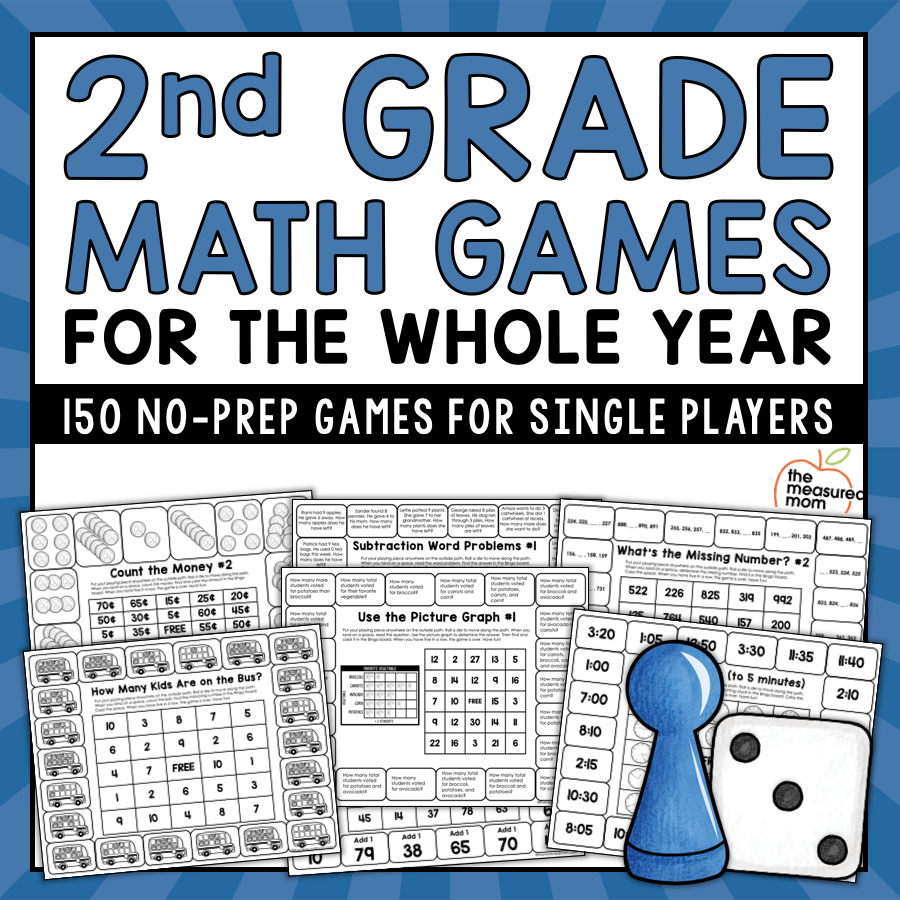
The second grade is when students start to master multi-digit subtraction and addition. They also learn about time-telling, money, and how to manage their finances. This grade also includes graphing, skip counting, multiplication, and other skills. A fun way to help students practice their fact fluency is with flashcards. Students must create 15 flashcards according to total.
Game
Two grade math games can be an excellent way to engage kids in math lessons. These games can be used to reinforce core skills like addition, subtraction, and place value. These games also teach children more advanced concepts like how to analyze and describe shapes. Many of these interactive games allow kids to work on specific skills at their own pace.
Snakes and ladders is a great math game for grade 2. This card game encourages children to use their number sense in battling with their opponents. Students can play alone or in teams, and teachers can give students unique codes to play with other students.

Units
These 2nd grade math games help students to practice basic skills, develop fluency, and improve their ability with addition, subtract, multiplication, place value, and multiplication. These games can be used to teach time, money, shapes, and more. Some games can also be used to drill down on specific Common Core domains. A player might flip four cards, and then try to arrange them in a way that equals the highest sum.
Some games for 2nd grade students focus on specific units, such as the metric system. Some games are based on animals while others focus on counting objects. One example is the number line game. It teaches students how to tell the difference between 1 and 10. Another game focuses on estimating and counting objects and can be modified by using different values for each player.
Game type
There are many games that are designed to help 2nd graders develop their math skills. Many of the most popular games combine a range of mathematical concepts with an easy-to-use interface. Some games are a combination of science, math, and engineering. This can help children get a better understanding of mathematical concepts. Some combine elements from these subjects, like subtraction or addition.
Buddy Ball, a classroom game that teaches math facts fluency, is a great one. The Buddy Ball lets students put cotton balls into a cup, and count them by twos. They then compare the highest numbers. These games help kids to understand place value, the greater than/less then concept, and how they can compare them.

Game difficulty
For kids who have trouble solving addition and subtraction problems, you can make the game more challenging by adding extra dice to the equation. You can also increase the difficulty level by adding words like "sum" and "difference." It is possible to use smaller or larger numbers. Students can also try out problems involving multiplication and division. Students can also use square roots and exponents.
Marbles is another easy math game that 2nd graders can play. This game allows children two-digit addition. The two-digit number is added to the marbles. This game helps kids understand addition and subtraction and develop their clock skills. Different difficulty levels are available, but all are intended to help students understand the basics.
FAQ
Is it difficult for a teacher to become?
Becoming a teacher requires a major commitment. It will require you to dedicate a lot of time to your studies.
While earning your degree, you should expect to work about 40 hours per săptămână.
You will also need to find a job that suits your schedule. Part-time jobs are difficult to find for students who want to balance school and work.
When you are hired for a full-time job, you will most likely be required to teach classes during the school day. You might even be required to travel to other schools throughout the week.
How much does homeschooling cost?
There are no set fees for homeschooling. Some families charge between $0-$20 per lesson. Other families offer free services.
However, homeschooling does require dedication and commitment. Parents must make time for their children.
They should also have easy access to books, supplies, as well as other learning tools. Many homeschoolers have to make use of community programs and events in order to enhance their curriculum.
Parents should think about transportation costs, tutors, and other activities.
Homeschoolers need to be prepared for special occasions, field trips and vacations.
What is a vocational school?
Vocational schools offer programs for those who are interested in a particular occupation. They might also provide training in job-related skills and general education.
Vocational education has a significant role to play in society. It helps young people gain the skills they need to succeed. It makes sure that every student has access to high-quality educational opportunities.
Vocational schools offer a variety of options for students, such as apprenticeships, certificates and diplomas, degrees, college transfers programs, and other postsecondary credentials. Vocational school students learn both academic subjects and more practical subjects like math, science, English or social studies.
What is an alternate school?
An alternative school is designed to give students with learning problems access to education, by supporting them with qualified teachers who understand their unique needs.
Alternative schools exist to offer children with special educational requirements the opportunity to learn in a normal classroom environment.
They are also provided with extra assistance when necessary.
An alternative school is not just for those who have been excluded from mainstream schools.
They are open to all children regardless of ability or disability.
Statistics
- Among STEM majors, that number is 83.5 percent. (bostonreview.net)
- These institutions can vary according to different contexts.[83] (en.wikipedia.org)
- They are also 25% more likely to graduate from high school and have higher math and reading scores, with fewer behavioral problems,” according to research at the University of Tennessee. (habitatbroward.org)
- Globally, in 2008, around 89% of children aged six to twelve were enrolled in primary education, and this proportion was rising. (en.wikipedia.org)
- “Children of homeowners are 116% more likely to graduate from college than children of renters of the same age, race, and income. (habitatbroward.org)
External Links
How To
Why homeschool?
There are many factors to consider when deciding whether to send your child to school or homeschool.
-
What type of education do you want for your child? Are you looking to develop social skills or academic excellence?
-
How involved are you in your child’s education? Are you more interested in being kept informed about your child's progress? Would you rather keep your child informed?
-
Are there special needs that your child has? Is your child a special needs child?
-
Will you be able to manage your child's schedule? Can you make a commitment to your child's education at home every day of the week?
-
What subjects are you going to cover? Math, science, language arts, art, music, history, geography, etc. ?
-
How much do you have to pay for your child's education
-
Is your child able to go to school?
-
What is the best place to house your child? This means finding enough space to accommodate a classroom, and providing sufficient facilities such as bathrooms.
-
What is the age of your child?
-
When does your child go to bed?
-
When does he/she wake-up?
-
What is the time it takes to get from point A and point B?
-
Is your child's primary school close to you?
-
How far is your home from your child's school?
-
How will you get your child from one place to another?
-
What are the benefits of homeschooling?
-
What are the cons?
-
Who will supervise your child outdoors?
-
What are your expectations from your child?
-
What kind of discipline will you use?
-
What curriculum would you choose?
There are many reasons people choose to homeschool their kids. Some of them include:
-
Your child may have learning disabilities that prohibit him/her attending traditional schools.
-
You would like to offer your child an alternative educational system.
-
You require more flexibility in your scheduling.
-
You don't want to pay high tuition fees.
-
You feel your child is getting a better education than you could in a traditional school.
-
You believe you know more about your child than the teacher in traditional school settings.
-
You don't love the way the school system operates.
-
You are not comfortable with the school's regulations.
-
You want your child with a strong work ethic.
-
You want to give your child the freedom to choose what courses you take.
-
You want individualized attention for your child.
Homeschooling also offers many other benefits, such as:
-
You don't need to worry about supplies, uniforms, books or pencils.
-
You have the option to customize your child’s education according their interests.
-
Parents can spend more time with their children when they homeschool.
-
Homeschooled students tend to learn faster because they are not distracted by peers.
-
Homeschoolers often score higher than others on standardized tests.
-
Homeschool families tends to be happier overall.
-
Students who homeschool are less likely than others to drop out of school.